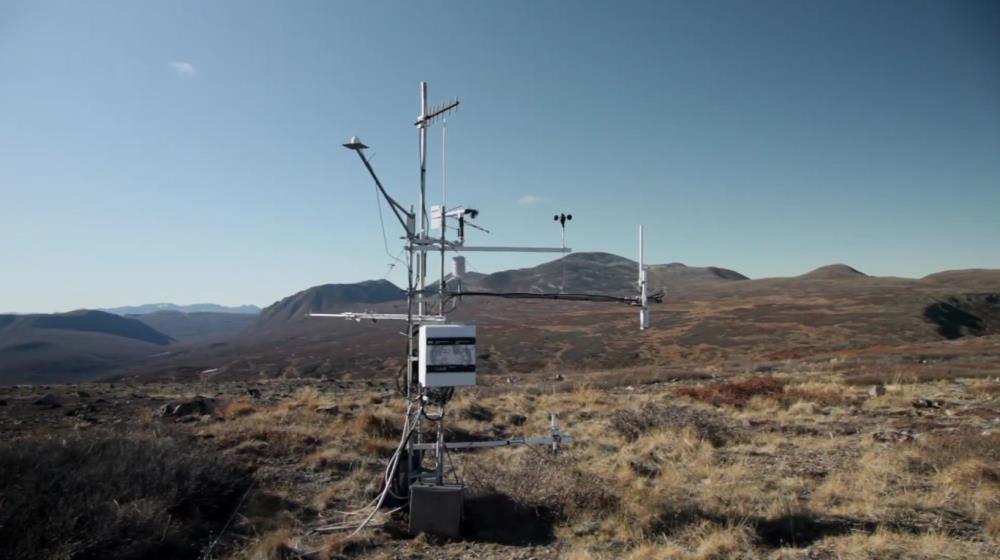
Related items loading ...
Section 1: Publication
Publication Type
Journal Article
Authorship
Zhang, Z., Li, Y., Barlage, M., Chen, F., Miguez-Macho, G., Ireson, A., & Li, Z.
Title
Modeling groundwater responses to climate change in the Prairie Pothole Region
Year
2020
Publication Outlet
Hydrology and Earth System Sciences, 24(2), 655-672.
DOI
ISBN
ISSN
Citation
Zhang, Z., Li, Y., Barlage, M., Chen, F., Miguez-Macho, G., Ireson, A., & Li, Z. (2020). Modeling groundwater responses to climate change in the Prairie Pothole Region. Hydrology and Earth System Sciences, 24(2), 655-672.
https://doi.org/10.5194/hess-24-655-2020
Abstract
Shallow groundwater in the Prairie Pothole Region (PPR) is predominantly recharged by snowmelt in the spring and supplies water for evapotranspiration through the summer and fall. This two-way exchange is underrepresented in current land surface models. Furthermore, the impacts of climate change on the groundwater recharge rates are uncertain. In this paper, we use a coupled land–groundwater model to investigate the hydrological cycle of shallow groundwater in the PPR and study its response to climate change at the end of the 21st century. The results show that the model does a reasonably good job of simulating the timing of recharge. The mean water table depth (WTD) is well simulated, except for the fact that the model predicts a deep WTD in northwestern Alberta. The most significant change under future climate conditions occurs in the winter, when warmer temperatures change the rain/snow partitioning, delaying the time for snow accumulation/soil freezing while advancing early melting/thawing. Such changes lead to an earlier start to a longer recharge season but with lower recharge rates. Different signals are shown in the eastern and western PPR in the future summer, with reduced precipitation and drier soils in the east but little change in the west. The annual recharge increased by 25 % and 50 % in the eastern and western PPR, respectively. Additionally, we found that the mean and seasonal variation of the simulated WTD are sensitive to soil properties; thus, fine-scale soil information is needed to improve groundwater simulation on the regional scale.
Plain Language Summary
The groundwater regime in cold regions is strongly impacted by the soil freeze–thaw processes and semiarid climatic conditions. In this paper, we incorporate groundwater dynamics in the Noah-MP land surface model to simulate the water exchange between the unsaturated soil zone and an unconfined aquifer in the Prairie Pothole Region. The water table dynamics are reasonably simulated. The water budget of groundwater aquifer under current and future climate are also investigated.


 GWFNet
GWFNet Master
Master Data
Data Research
Research Map
Map
 Advanced
Advanced Tools
Tools
 . . .
. . .
 Metadata Editor
Metadata Editor
 Record List
Record List
 Alias List Editor
Alias List Editor
 Legacy sites
Legacy sites